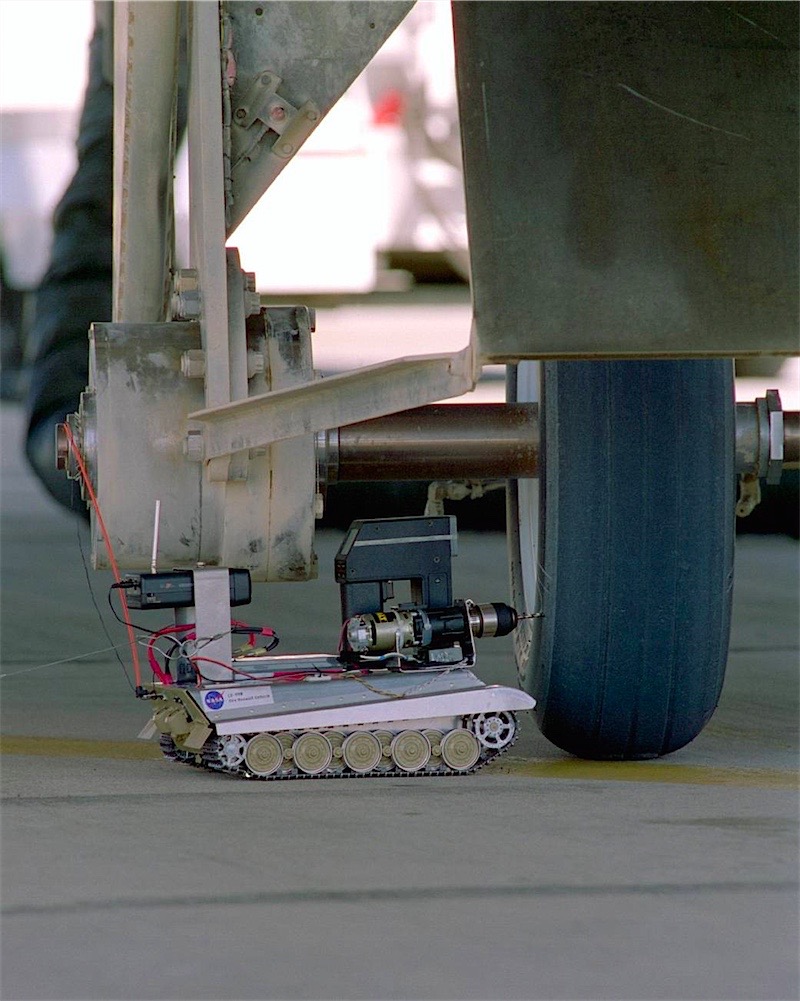This is my first post and it is a good one. I am a Marine EOD tech and we use a very expensive and poorly built remote controlled 3-in-1 lathe mill for the disassembly and exploitation of ordnance. We can't get parts anymore so we have decided to build our own machine and scale it down some. We have a Grizzly bench-top mill and a Grizzly 9" lathe as our base.
My goal is to attach motors to all axis with a 50' pendant so that we can mill, drill, and turn remotely but also still use the manual controls of the machine for making tools and parts. I know what a stepper motor and pulse generator are and that is where my experience ends. Any help or advice on how to built the electrical control system is greatly appreciated. Mounting the motors will be the easiest part.


 LinkBack URL
LinkBack URL About LinkBacks
About LinkBacks


 Reply With Quote
Reply With Quote




Bookmarks